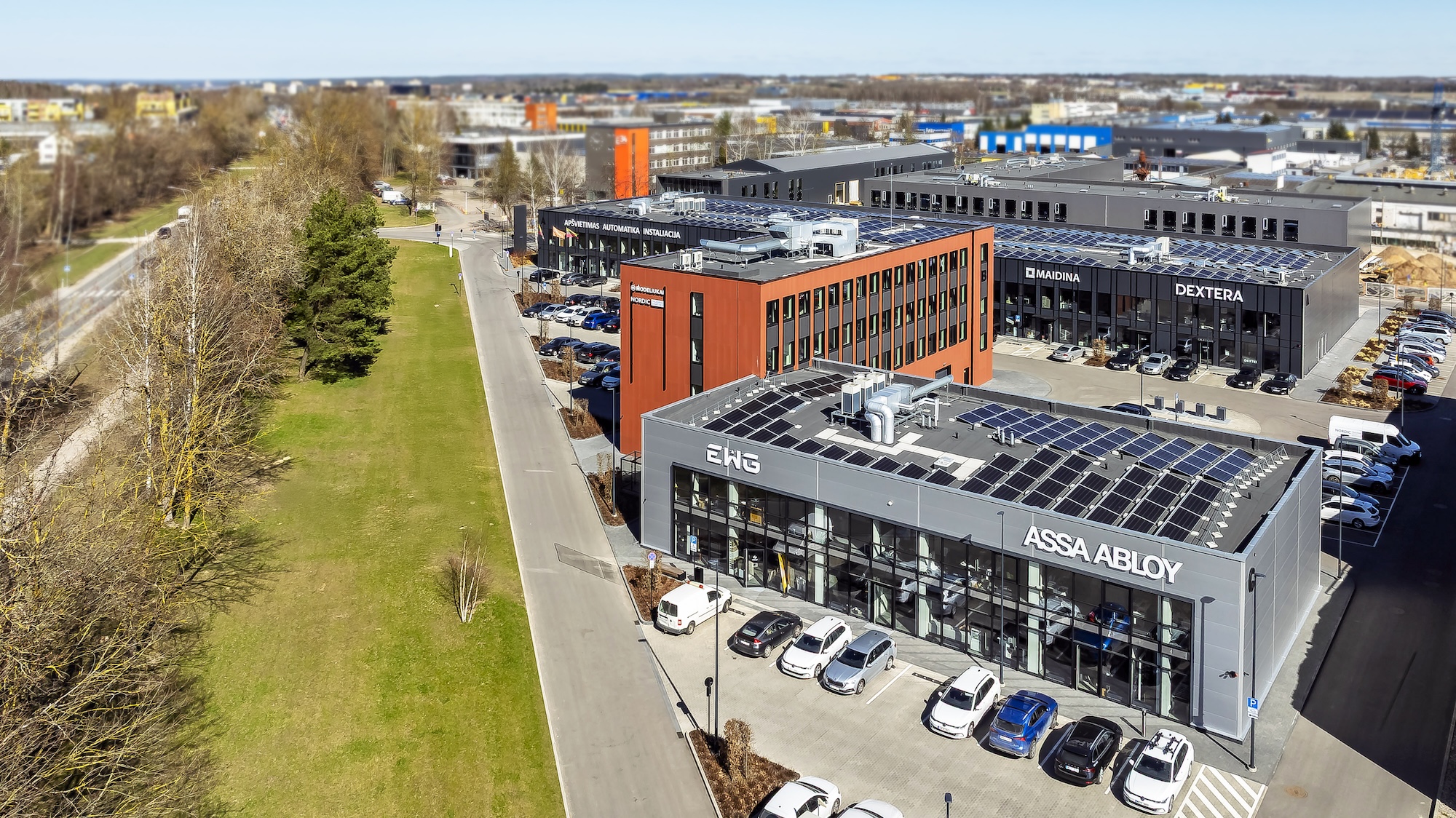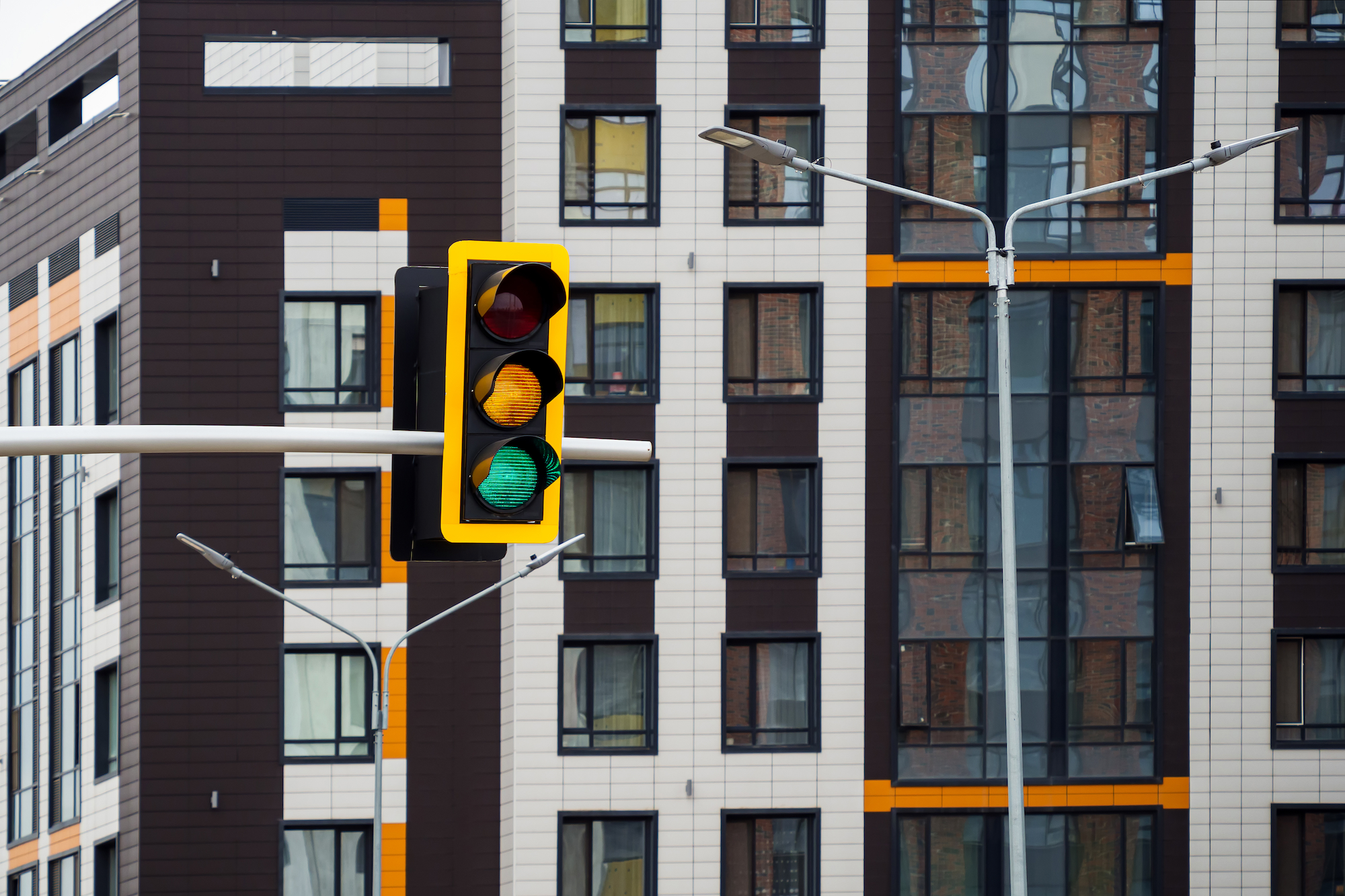The second renaissance of Užupis has come to an end

Many would be surprised to learn that a few decades ago Užupis was one of the most dangerous areas in Vilnius. Today, this bohemian oasis extending along the Vilnelė river has changed beyond recognition, a result of the renaissance of Užupis that started some ten years ago.
This revival of Užupis is associated first and foremost with the establishment of Vilnius Academy of Arts. The then rather shabby district of Užupis was attractive to art students who found cheap housing alternatives in the area. Over time communities of artists settled in Užupis, which improved the atmosphere of the area significantly. This culminated in the declaration of the Republic of Užupis, which meant that this part of the city became a vibrant creative district much like Montmartre in Paris or Christiania in Copenhagen.
Construction coincided with independence
Real estate experts, however, note that the second, or the external renaissance of Užupis started a few years after the unveiling of the sculpture of the Angel of Užupis in 2005. According to Audrius Šapoka, Head of the Housing Department of the Ober-Haus real estate company several projects were launched that year – they were very different in character, but all played a crucial role in the formation of the new face of Užupis.
‘One of the biggest projects was the one developed by Ramada at the junction of Krivių Street and Baltasis Lane. The modern new apartment block of over 100 apartments attracted new families. In the meantime, YIT Kausta was working on an exclusive project implemented in several stages at Krivių Street, where several 2-3 storey houses with attics were developed in a gated development. The third rather prominent project at the time was the construction of a residential house at Užupio St. 25 by Ginta ir partneriai,’ Mr Šapoka said.
However, he notes that the construction of new buildings has come to an end, and the reconstruction of old buildings has now started. This will preserve the original face and spirit of Užupis. According to Mr Šapoka, one such project is Užupio Vartai, developed by Lords LB Asset Management.
The Užupio Vartai project restored the original façade of the building from the Krivių street side. A light-coloured building maintains the face of the old Užupis, at the same time offering residents contemporary, modern residential housing. When designing the compound, the developers responded to the request of the Užupis community to build a three-, rather than four-storey buildings. In line with the old traditions, the architects left the boundaries of the park undefined, restored the original classicism style columns in the inner yard of the building, and uncovered the original frescos in some of the apartments’ says Šapoka.
Further expansion on the outskirts only
The Užupio Citadelė project next to the Angel of Užupis, and the Užupio Krantinės project on the site of the former clothing factory are taking a similar approach to Užupio Vartai. Mr Šapoka noted that the space for individual small new buildings in the central part of the prestigious area is shrinking, while there are numerous other buildings that need to be restored.
Mr Šapoka thus estimates that major expansion and development projects can be only anticipated in the peripheral sections of Užupis on sites earlier used by industry.
‘With less and less space left in the central part of Užupis, it is only natural that major new construction projects will take place on the outskirts of the area. Now it is this area that offers most space for new projects. The Užupio Krantinės project is being built on the site of the former Vilija sewing factory, and an even larger project is planned for the site of the Skytek factory,’ forecasts Mr Šapoka.
Latest news
 All news
All news

“e-market city” completes its second…
“e-market city”, an online and wholesale shopping town located in…

The recovery of a very…
The Ober-Haus Lithuanian apartment price index (OHBI), which follows changes…

Housing market has woken up,…
The Ober-Haus Lithuanian apartment price index (OHBI), which follows changes…
 All news
All news